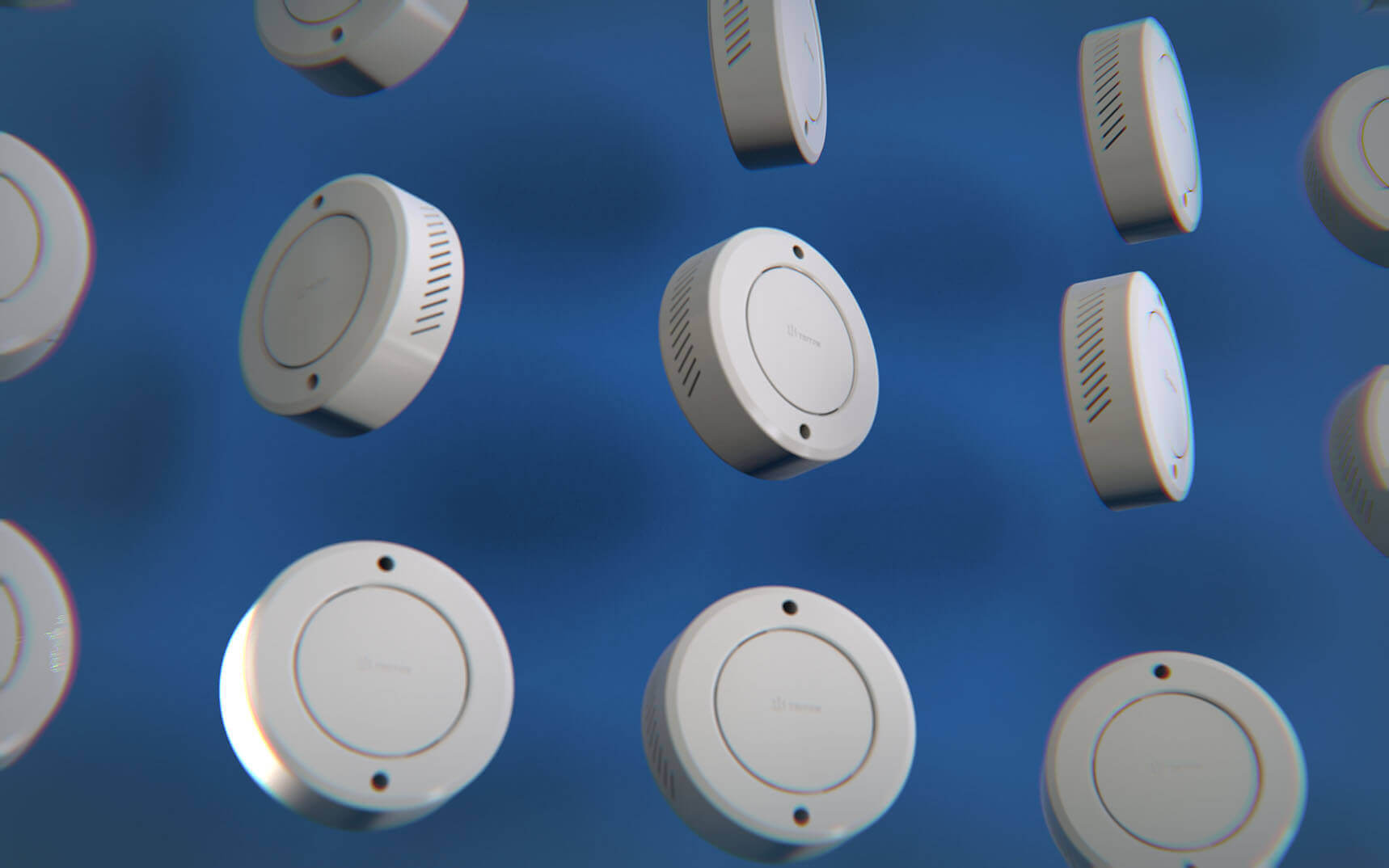Vaping was once a problem in schools. Students would sneak into the bathroom between classes to smoke flavored nicotine and THC vapors. Administrators and teachers were powerless until districts began turning to a new line of defense: the vape detector.
Today schools across the country are reporting major success stories that demonstrate how transformative this technology has the potential to help in tackling the issue of vaping.

A case study: Cut down on the amount of cigarettes you smoke by 83 percent in 10 weeks
Luling Independent Schools District experienced a major vaping issue. Students continued to smoke despite repeated warnings and stricter guidelines. Smoke alarms aren’t effective against the vapor. There was no way for staff to be everywhere.
The city tested various vape detection devices in March. The results were astounding. Within five weeks, instances of smoking cigarettes had fallen significantly. At the end of ten weeks, vaping had dropped by 83%.
The effectiveness of the program was more than just numbers. Teachers reported less interruptions and the students started to understand that vaping will never be left unattended.
Match Charter Schools also enjoy similar success
Match Charter Schools also has a powerful example. Middle and high school students were vaping at the time. The result of the smoke detectors that they put in place in August was instantaneous.
Administrators reported that weekly incidents of vaping were down by 80 percent in December. Parents applauded the school for taking concrete steps to protect students, and teachers observed an immediate decrease in hallway loitering and bathroom crowding.
The two districts mentioned above are an increasing trend The schools that use vape detection report measurable improvements in both their behavior and overall security.
What is it that makes vape detectors so effective?
The secret to these results is in the technology. Modern vape detectors go beyond simply detect the presence of vapor. They also monitor the quality of air and occupancy levels as well as provide staff members real-time alerts. Administrators don’t have to rely solely on guesswork or after-the-fact reports.
More importantly than that, detectors are built with the privacy of the user in mind. No cameras. No audio recording. Just accurate, instant data that helps schools act quickly without violating the rights of the student.
This combination of effectiveness and compliance makes vape detectors one of the most practical safety tools schools can adopt today.
Vape safety nets to protect you from the dangers of smoking and more
What many administrators understand is that detectors are not just for preventing vaping. Advanced systems can detect loud noises, keyword triggers linked to emergency situations, or even vandalism threats.
For example in the event that a group of students begins loitering in bathrooms The detector will be able to detect the presence of a group that is not normal. Staff members can be immediately alerted if a person shouts out an urgent keyword, for instance “help”. In this way, school vape detectors become part of a wider safety plan of action that takes into account both health risks and potential violence.
Boards and parents support Vape Detectors
Transparency is a benefit that’s often overlooked. The use detectors by schools can produce reports that demonstrate clearly the patterns of smoking. The reports are distributed to parents schools, school boards, and the general public to demonstrate that concrete steps were taken.
Parents in particular feel gratified when they observe the tangible effects. Vape detectors don’t just catch students. It also safeguards their health and reaffirms the message to them that vaping isn’t a suitable activity for schoolchildren.
The Takeaway: A Tested Path to Success
A few years ago, vaping was like an invisible war that schools would not be able to be victorious in. However, case studies from districts across the United States prove contrary. With the help of a vape detection device, administrators can detect incidents in real time, discourage risky behavior, and create safer environments for their students.
The epidemic of vaping isn’t completely gone, but there is some signs of a change. Vape detection isn’t just a response to the issue, but a method for schools to be the first to create an environment that is healthier for their students.
Conclusion
Technology is being used in schools across the nation, from Texas up to Massachusetts. Vape detectors of today do more than just sound an alarm. It alters the way people behave that builds trust and can provide a lasting solution to one of today’s most pressing problems for health of students. Vape detectors at schools aren’t an experiment for any district that is serious in ensuring the safety of its students. They’re the norm now.